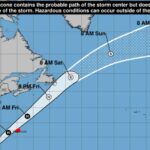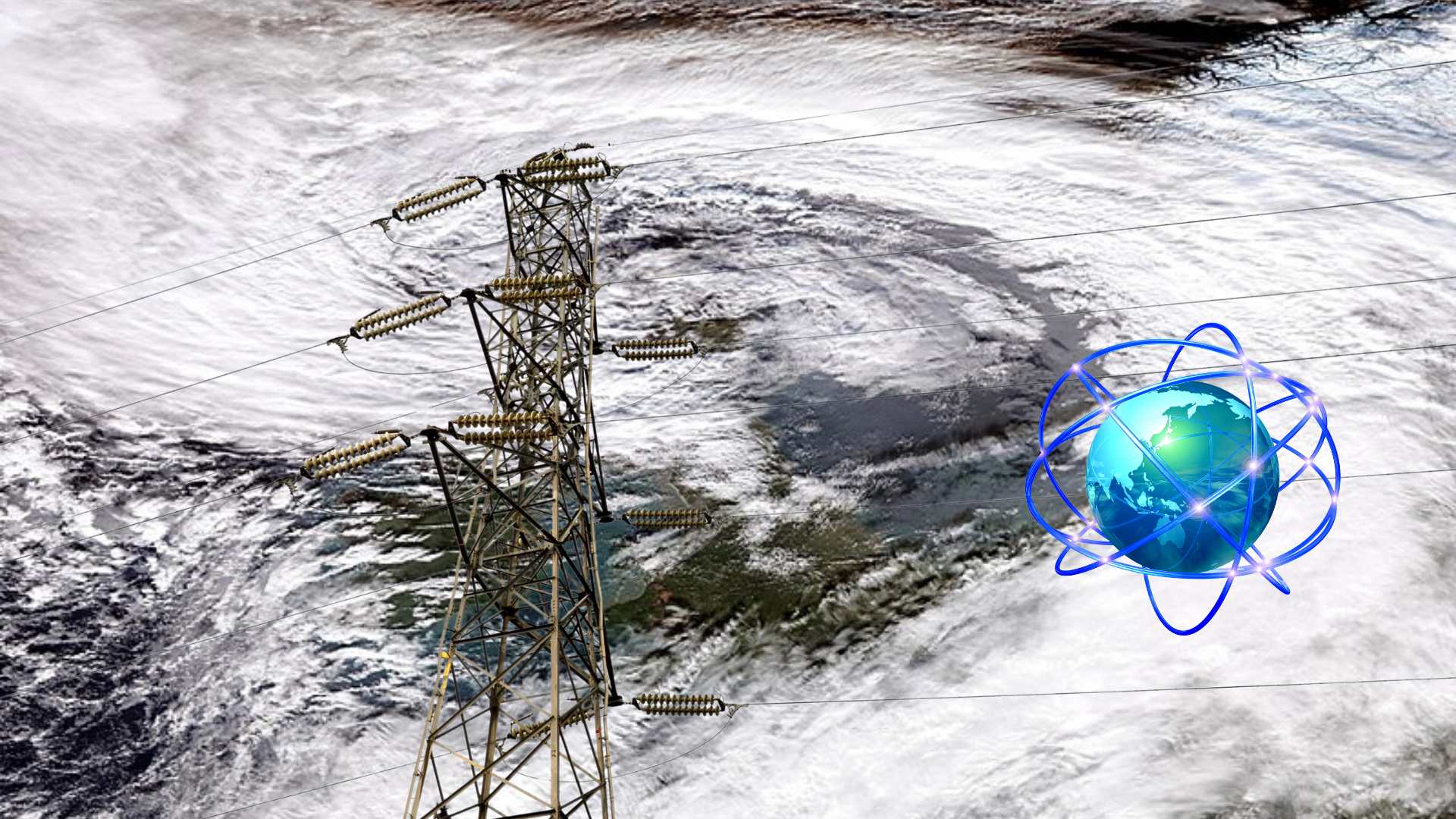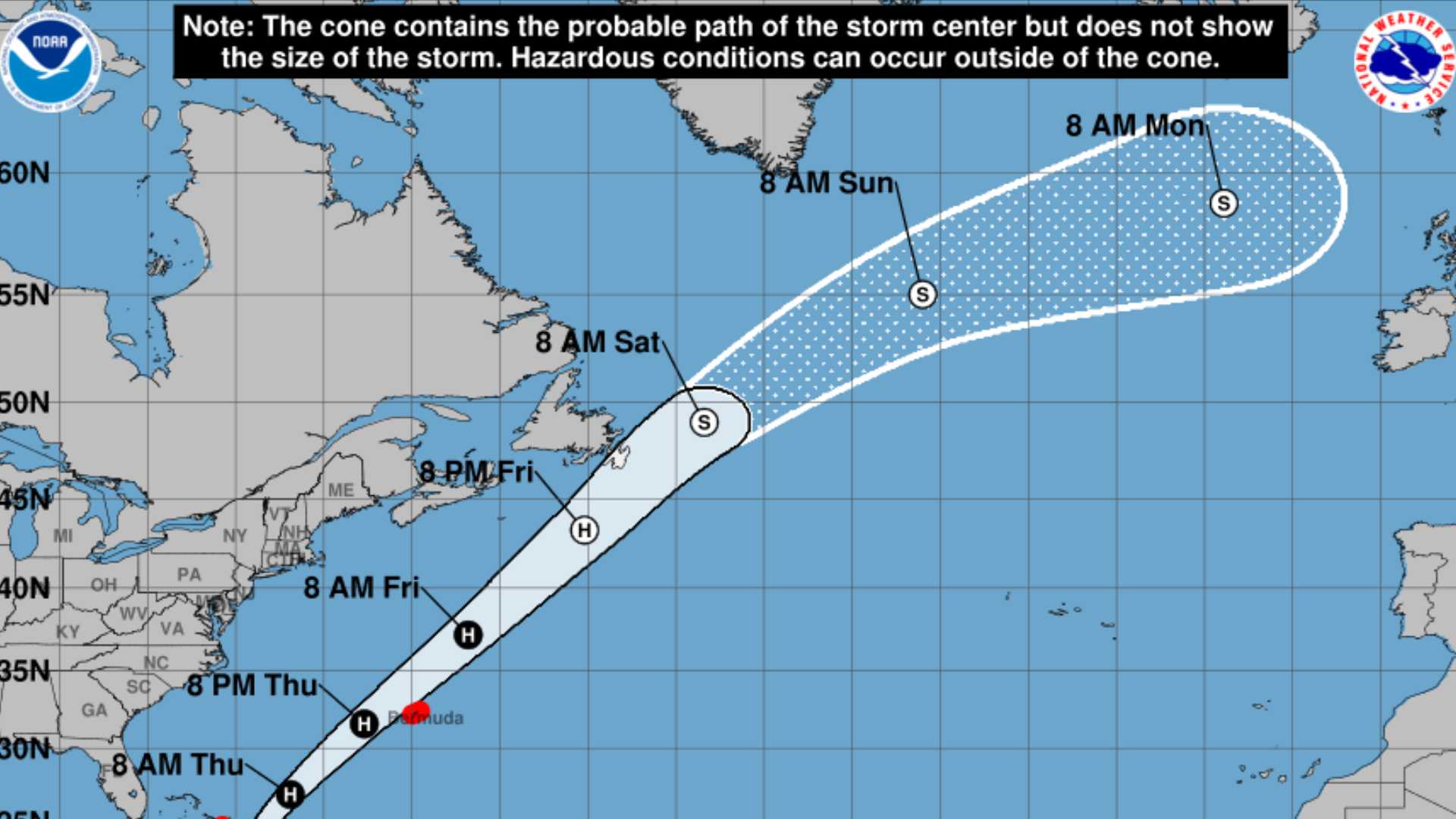
La Niña Set to Influence Weather This Autumn

The World Meteorological Organization has warned that La Niña conditions may emerge from September onwards, potentially affecting weather and climate patterns around the world.
Despite the temporary cooling influence of La Niña, temperatures are still expected to be above average in many regions.
Neutral conditions, in which neither El Niño nor La Niña dominates, have persisted since March 2025, with sea surface temperatures near average across the equatorial Pacific. These conditions may gradually give way to La Niña, with forecasts suggesting a 55% chance of cooling to La Niña levels during September to November, rising to around 60% for October to December. The likelihood of an El Niño developing over the remainder of 2025 is very low.
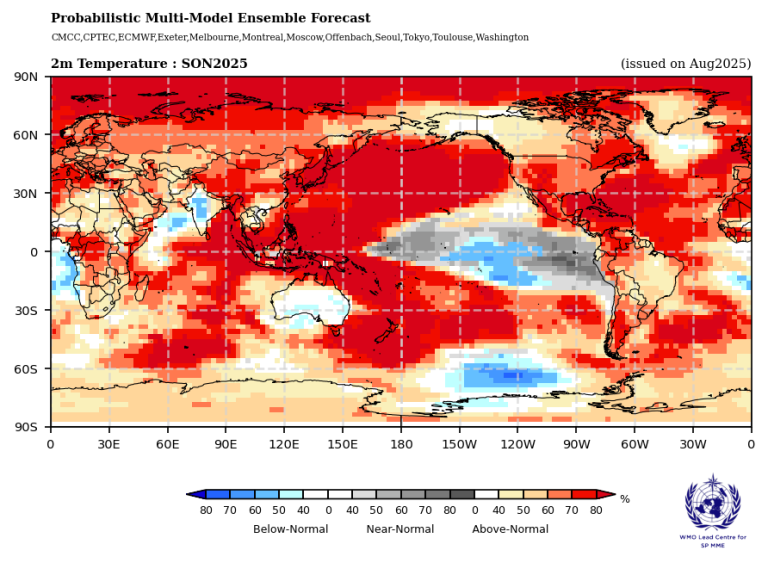
La Niña is a natural climate phenomenon marked by cooler ocean surface temperatures in the central and eastern equatorial Pacific, combined with changes in winds, pressure and rainfall patterns.
Its impacts often oppose those of El Niño, particularly in tropical regions.
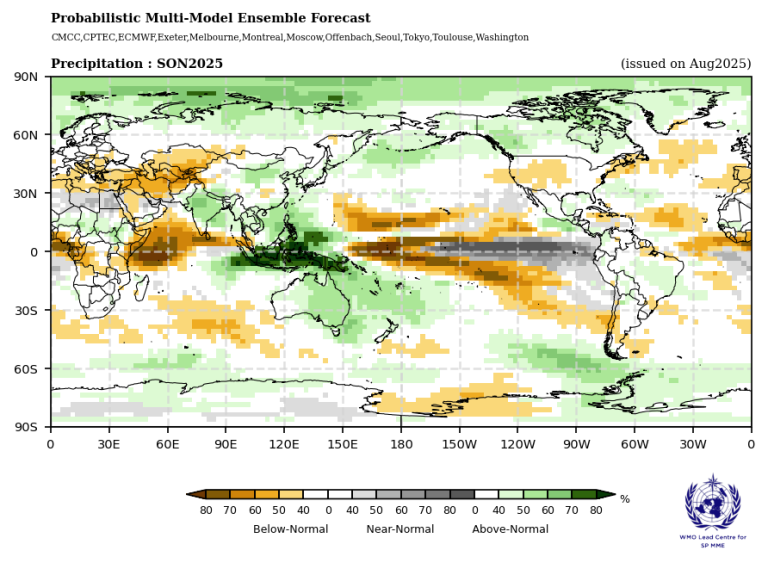
WMO Secretary-General Celeste Saulo said seasonal forecasts for El Niño and La Niña are crucial tools. They guide decision-making in agriculture, energy, health and transport, saving lives and reducing economic losses through improved preparedness and response.
The latest WMO Global Seasonal Climate Update predicts above-normal temperatures for most of the Northern Hemisphere and large areas of the Southern Hemisphere during September to November. Rainfall patterns are expected to resemble conditions typically associated with a moderate La Niña.
The WMO uses these seasonal forecasts alongside other climate variability indicators, such as the North Atlantic Oscillation, the Arctic Oscillation and the Indian Ocean Dipole, to provide comprehensive guidance. Regional centres and national meteorological services then produce more tailored outlooks based on the global models.


